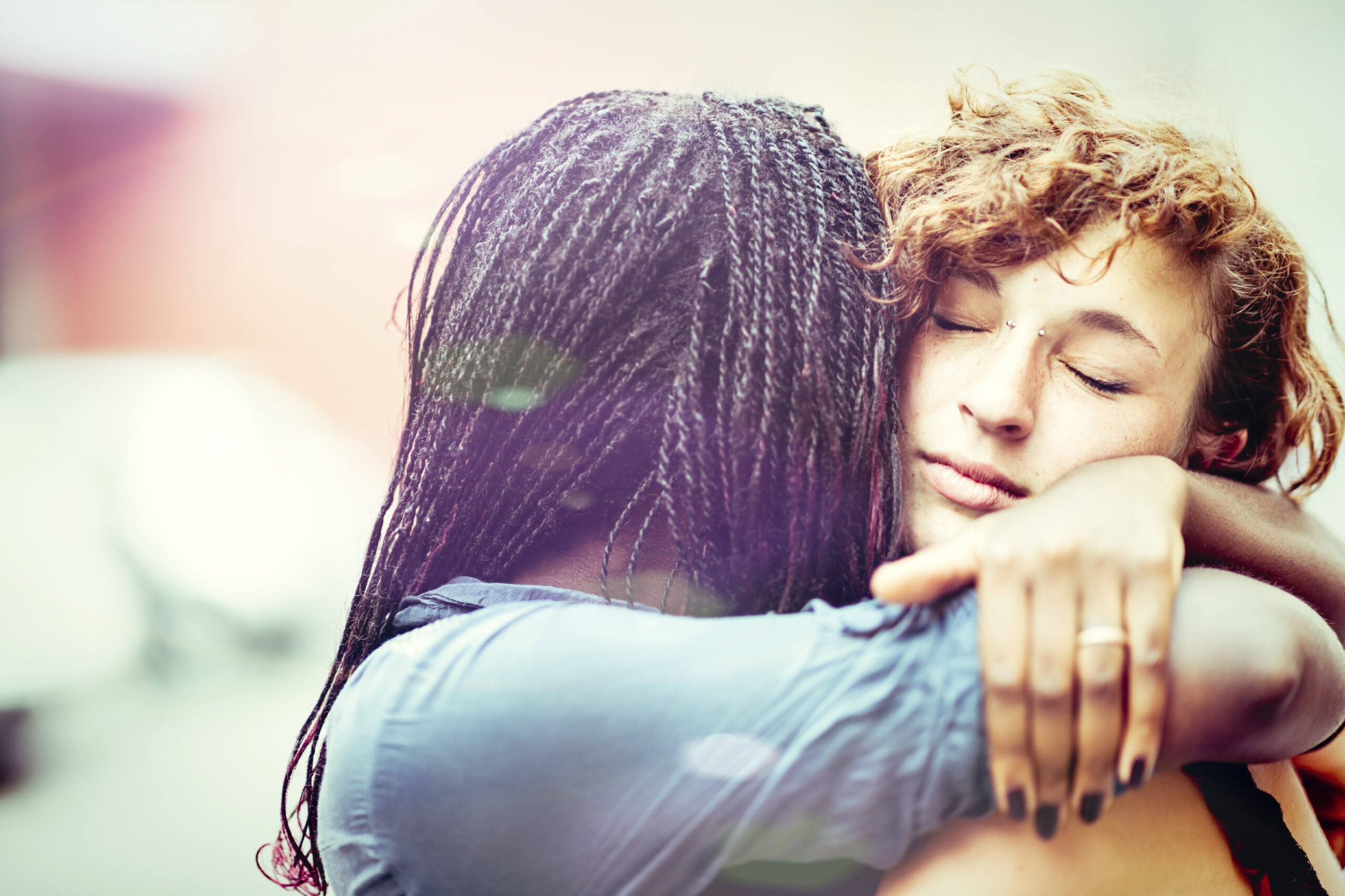Abortion rights, women of color, and LGBTQI+ people are under attack. Pledge to join us in fighting for gender justice.

Teen girls, particularly girls of color and lesbian and bisexual girls, have faced and continue to face unique challenges during the COVID-19 pandemic—challenges that have created lasting trauma and impacts. A concerningly high share of girls are experiencing poor mental health coupled with limited access to mental health resources. Additionally, many girls faced racism, harassment and abuse, and cyberbullying during the pandemic. Given fluctuating modes of learning, girls have also faced difficulty completing their schoolwork, new kinds of discipline in a virtual environment, and increased screen time, including more time spent on potentially psychologically harmful social media. Girls’ family care responsibilities also likely increased during the pandemic, with many stepping up to care for their siblings and older family members, even if it meant missing school or work. Many have also lost their own paying jobs or were unable to find summer jobs during the pandemic, resulting in short- and long-term consequences for their finances and job prospects. Additionally, many teens of color are experiencing ongoing material hardship, such as food insufficiency. The harms of the pandemic have not been distributed equally and instead have fallen heavily on girls of color and lesbian and bisexual girls. Girls in high school, on the verge of beginning higher education, entering the workforce, and becoming independent, need public investments that help them thrive and achieve their full potential.

